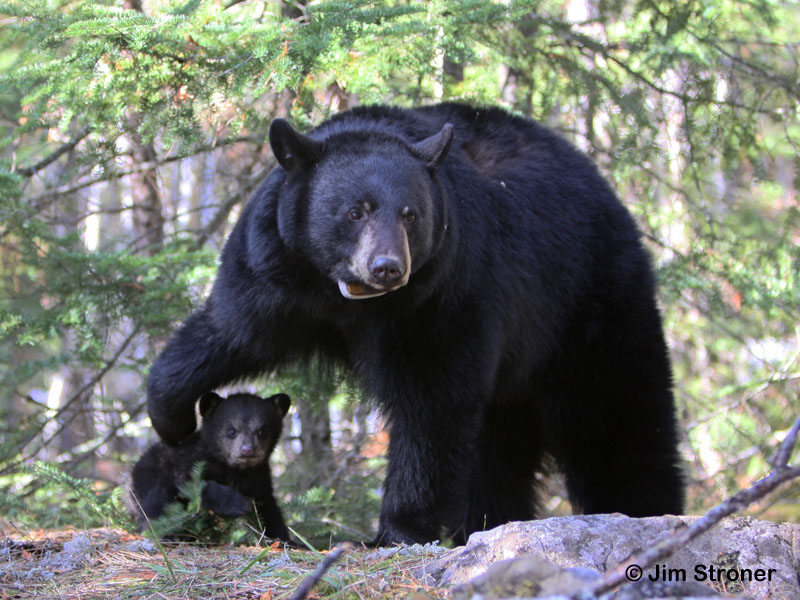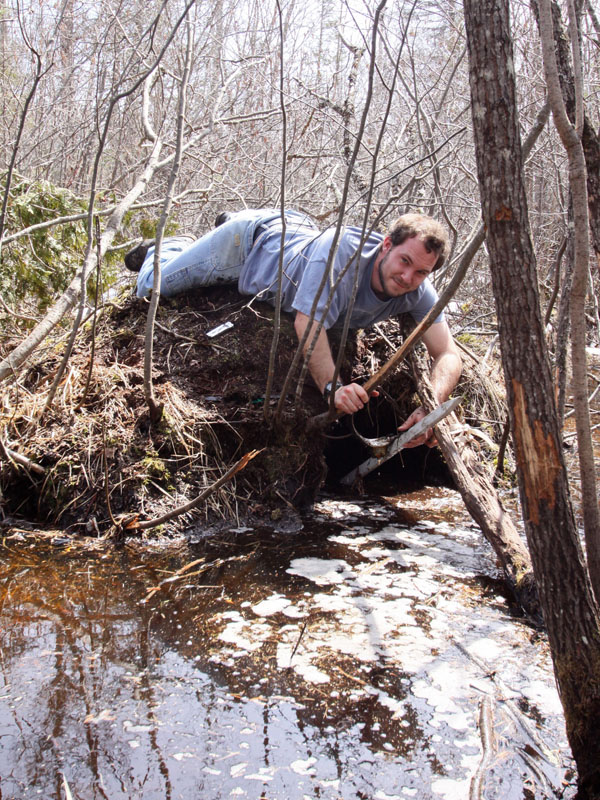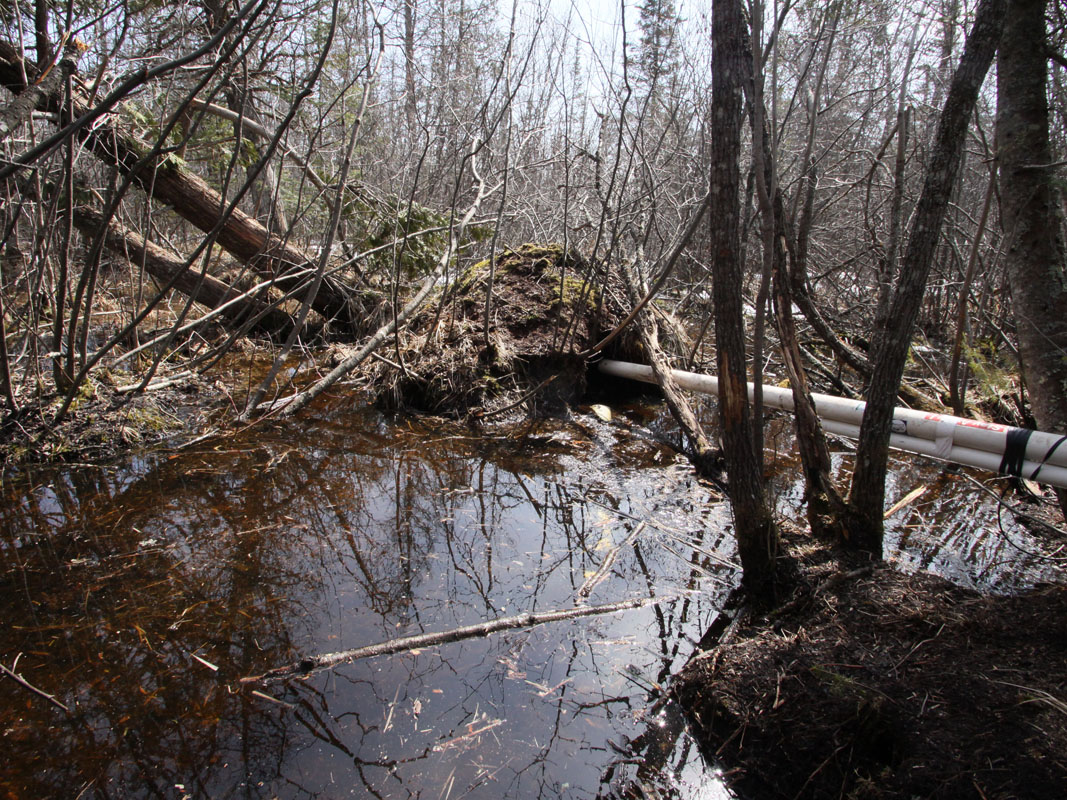Sadness and gladness
 Sadness reigned today as we did interview after interview about Jason, remembering how it was to see him losing ground and knowing there was nothing we could realistically do about it. As hard as it was, we were thankful that we could be with Jason at the end and hopefully learn why. Usually cubs just disappear. Our methods now allow us to learn why. Sadness reigned among Lily fans as you expressed your condolences to us or posted them at http://rainbowsbridge.com/residents/JASON002/Resident.htm. We appreciate your support. Some of you expressed your grief through anger toward us or Lily. We understand.
Sadness reigned today as we did interview after interview about Jason, remembering how it was to see him losing ground and knowing there was nothing we could realistically do about it. As hard as it was, we were thankful that we could be with Jason at the end and hopefully learn why. Usually cubs just disappear. Our methods now allow us to learn why. Sadness reigned among Lily fans as you expressed your condolences to us or posted them at http://rainbowsbridge.com/residents/JASON002/Resident.htm. We appreciate your support. Some of you expressed your grief through anger toward us or Lily. We understand.
Our big push now is learning why this happened. Many of you, including teachers with students, echoed that. We began the autopsy process this morning by collecting Jason’s internal organs and placing them in formalin for microscopic examination by laboratories.
Unfortunately, the autopsy process was interrupted by the DNR confiscating Jason’s body. They allowed us to keep the internal organs. We asked why they were confiscating this body when no other body has been confiscated in our 42 years of bear research in Minnesota. In the past, whenever a bear died, we notified the DNR, asked for a salvage permit, quickly proceeded with an autopsy before tissues degenerated, and got the salvage permit in the mail. Never a problem. Why the sudden change? Reporters asked the DNR that question and got a non-answer that appeared in the Duluth News Tribune http://www.duluthnewstribune.com/event/article/id/196395/group/Sports/ saying that we didn’t have a salvage permit and the DNR would do their own necropsy. Without internal organs? Unlikely. They called it standard operating procedure. We know better.
We assume we will get Jason’s body back at some point, but there is nothing we can do about the delay. All we can do is hope that when we do get the body back it will be in good enough shape for the completion of our autopsy and for educational use.
 Today, we put a GPS unit on Lily. We thought it would give us peace of mind knowing where she is. It didn’t. We watched on our computers at the field station as she moved a half mile in less than 90 minutes, and we worried. Could she move that fast with tiny Faith (picture right)? Faith has come a long way in becoming mobile since the days around the den, so we are hopeful. However, where Lily was at 8:50 PM, three wolves were seen this morning. We’ve seen how quickly Faith can climb trees, so, again, we are hopeful. But this all keeps us on the edge of our seats.
Today, we put a GPS unit on Lily. We thought it would give us peace of mind knowing where she is. It didn’t. We watched on our computers at the field station as she moved a half mile in less than 90 minutes, and we worried. Could she move that fast with tiny Faith (picture right)? Faith has come a long way in becoming mobile since the days around the den, so we are hopeful. However, where Lily was at 8:50 PM, three wolves were seen this morning. We’ve seen how quickly Faith can climb trees, so, again, we are hopeful. But this all keeps us on the edge of our seats.
The gladness today came from a visit to 3-year-old Jo and getting to see her cub (see picture above)! We also put a GPS unit on Jo, but, unlike Lily, Jo is staying put. The most interesting thing about sweet Jo is that she has a single cub like Lily did last year. Does that mean she will abandon it like Lily did Hope? We’re betting against it. Jo’s cub is large—obviously an outstanding suckler. We’re betting it will stimulate enough prolactin to prevent ovulation. We hope we learn the sex of Jo’s cub soon so we can stop calling it “it.” Even as a new mother, Jo was as calm and trusting as ever when we changed her radio-collar.
Yesterday Jason Sawyer, Jim Stroner, and Charlie Meyer worked hard to dismantle the den shed and den cam equipment. They scoured the area to ‘leave no trace’ of our research activities there. We are thankful for their hard work and thankful to the property owners for giving us access to the den site. Here are a few pictures of the work in progress.

Jason retrieves collar
|

removing solar panels
|

Jim disconnects batteries
|

Charlie hauls a load out
|

Lily's flooded den
|

den shed site after removal
|
||
You’re keeping us solidly in 6th place in the Readers Digest contest to win money for Ely. The link to vote 10 times in a row each day is http://wehearyouamerica.readersdigest.com/town.jsp?town=ELY&state=MN.
More video of yesterday's visit with Lily and family is posted at http://www.youtube.com/watch?v=bVHzIGeZJAM.
Thank you for all you do.
—Lynn Rogers and Sue Mansfield, Biologists, Wildlife Research Institute and North American Bear Center
